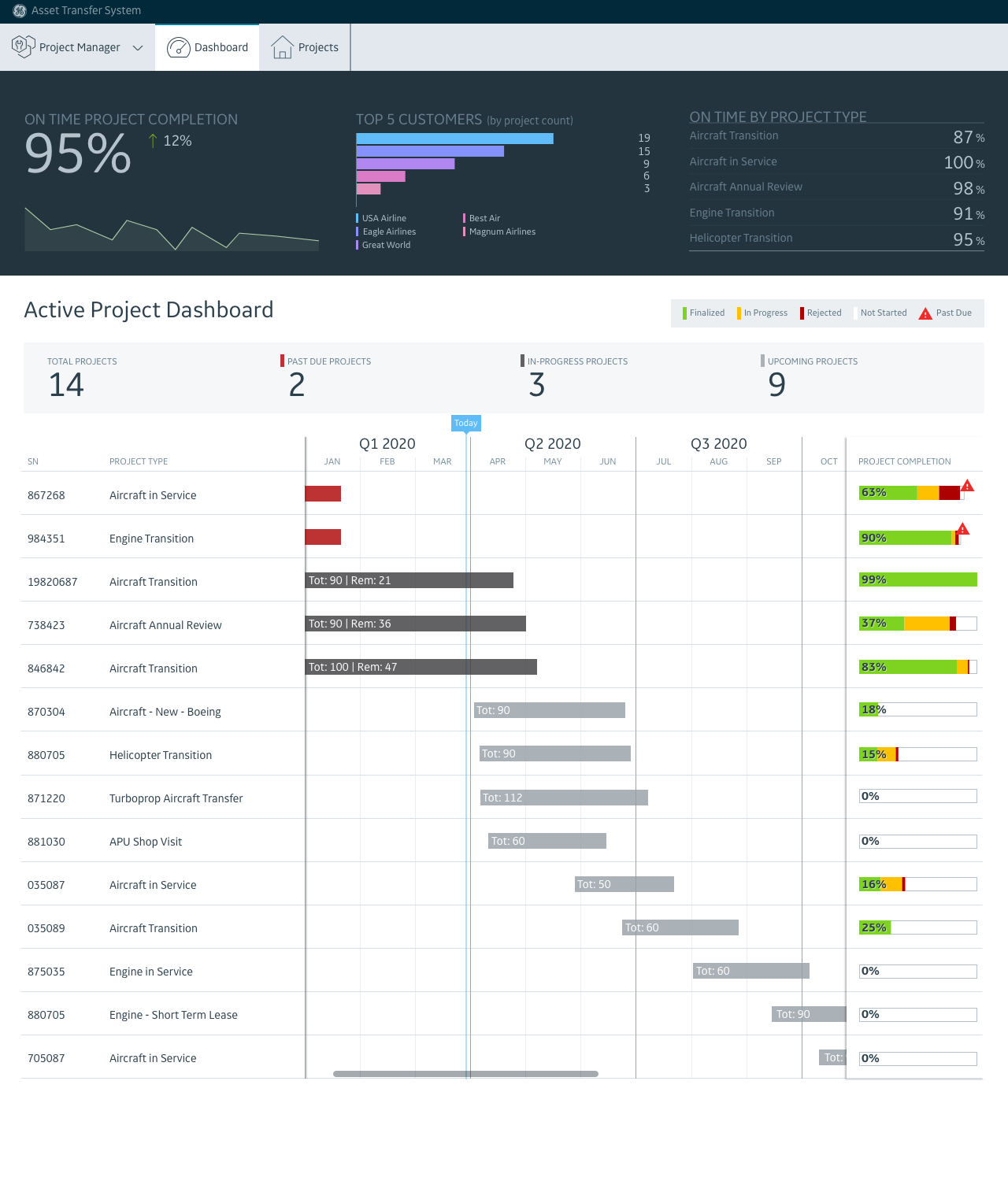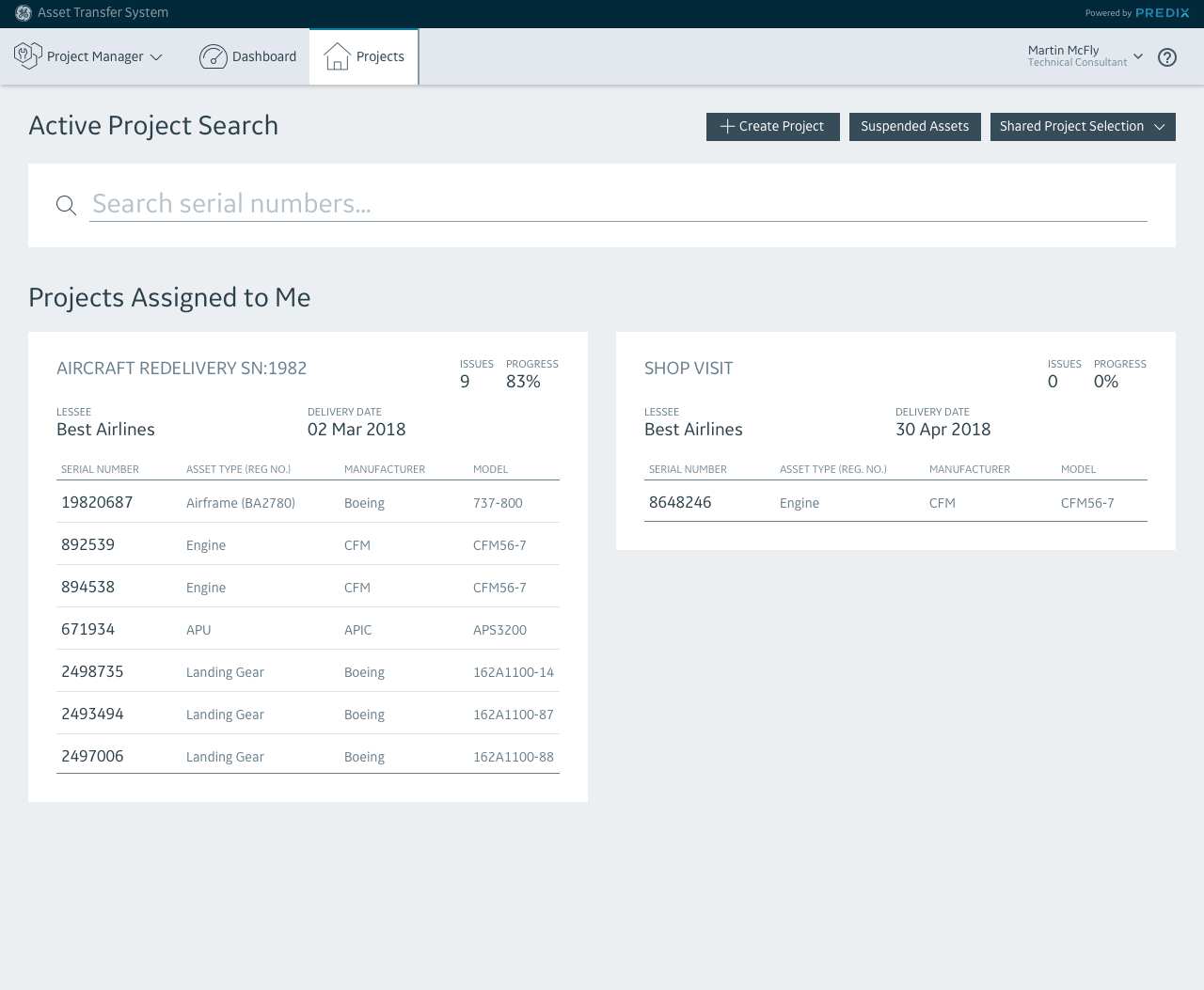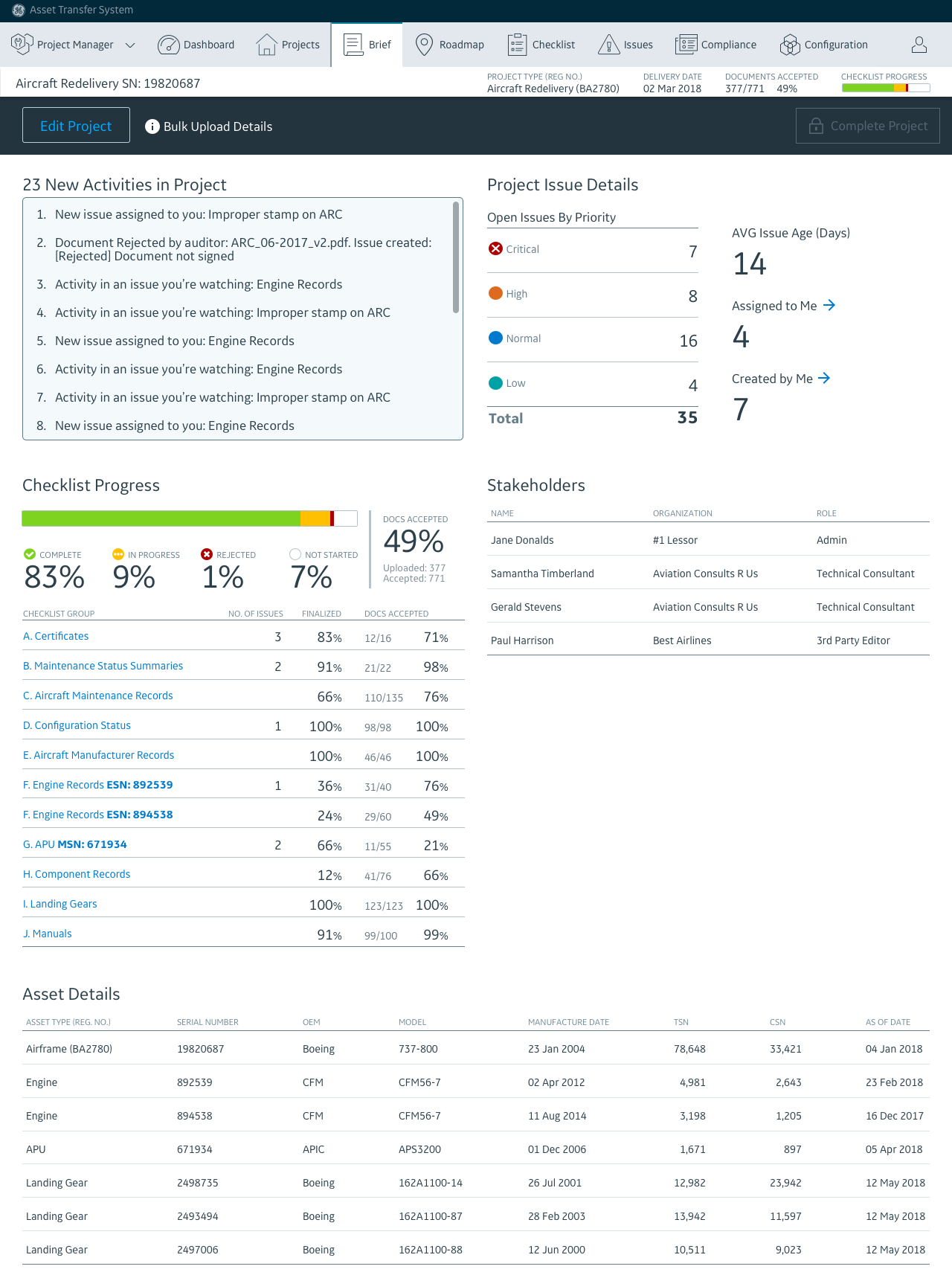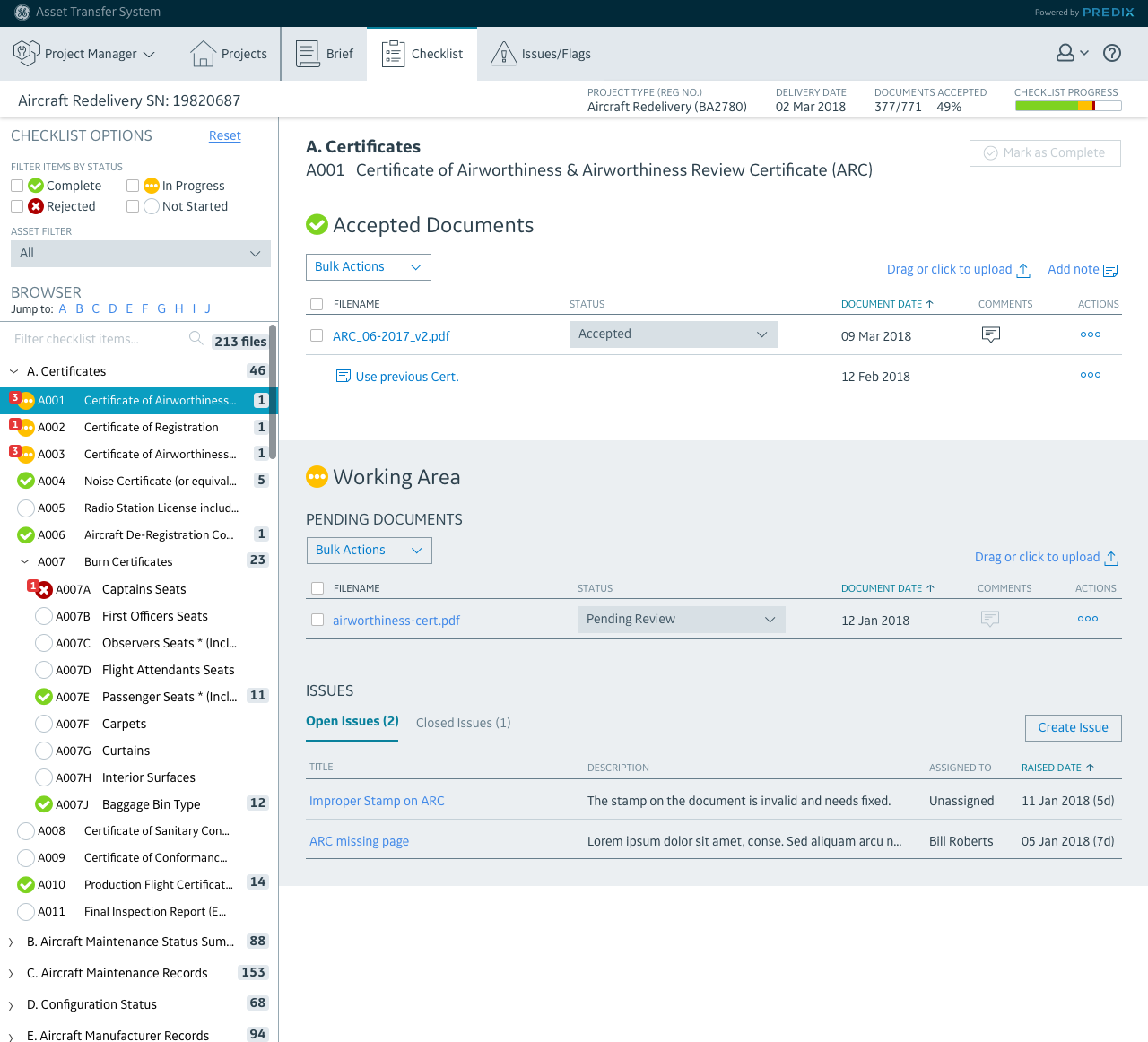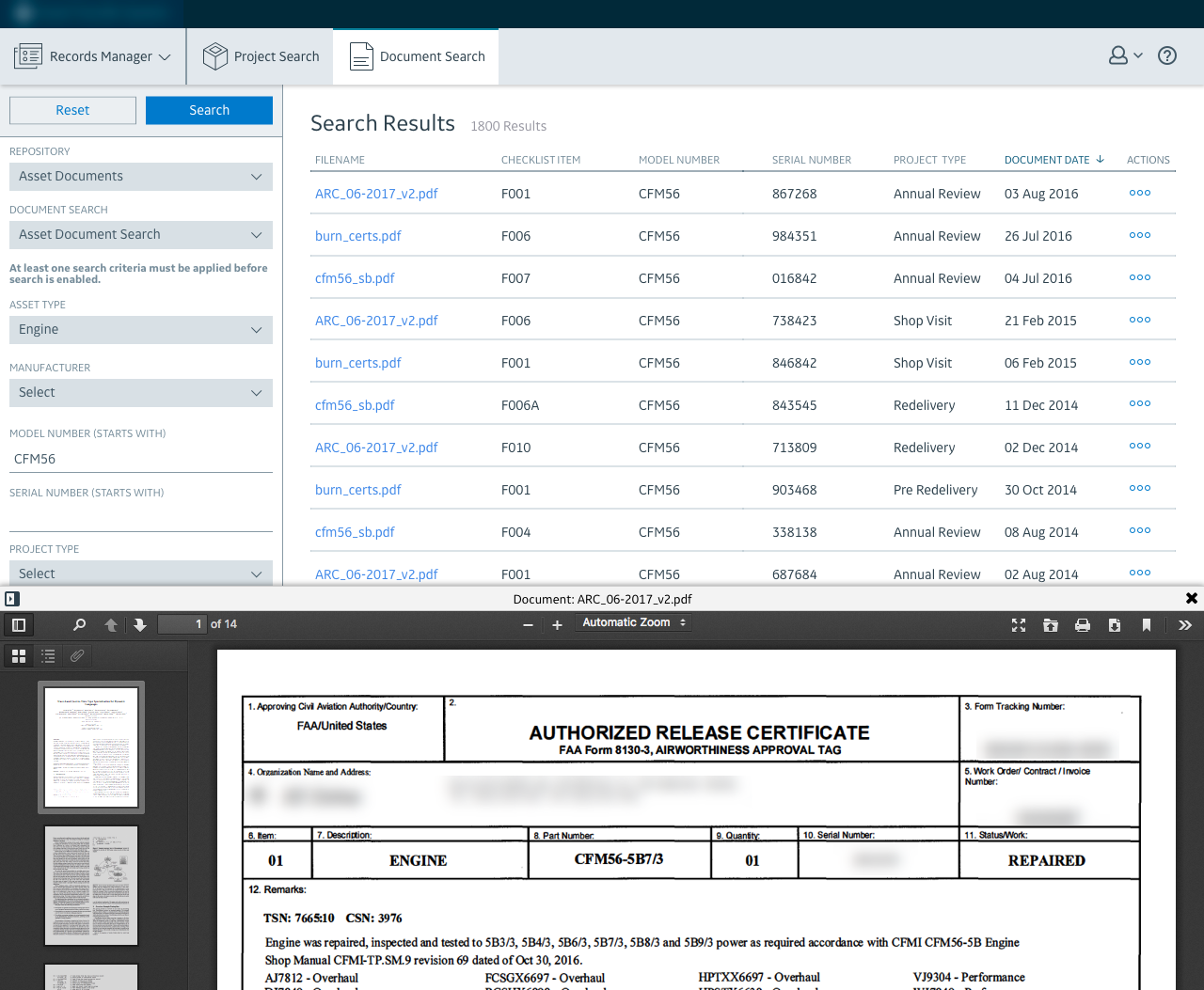Doug Havens
Product Design Leader
Case Study — Asset Transfer System by GE Aviation Digital
Asset Transfer System (ATS) is a collaborative tool that streamlines and simplifies the way that documentation is managed between Airlines and Lessors. ATS incorporates records management, project management and case management abilities all into a single application.
Asset Transfer System allows multiple users around the globe to collaboratively audit records for aircraft and their assets.
The Challenge
You can lease an airplane just like you could go down the street to your nearest dealership and lease a car. In fact, nearly half of all planes in the sky today are leased, and that number is expected to rise in the coming decade. There are a large number of organizations that own millions or even billions of dollars worth of assets that they lease to airlines all around the globe. An asset could be an entire airplane or a part of an airplane, like an engine or piece of landing gear.
With strict safety measures from regulatory bodies (FAA, EASA), combined with the fact that an aircraft can cost upwards of $100M, there is a mandate that regular maintenance be performed and the documentation from these maintenance events be stored for the entire life of the aircraft. During its 25+ year lifespan, an aircraft could be leased to a large number of airlines. Ensuring “back to birth” records compliance becomes even more important as it changes hands over time.
As you can imagine, the number of documents that can be tied to an aircraft over its lifetime is staggering. Believe it or not, every single one of those documents needs to be audited by individuals within the airline as well as the lessor. These audits are performed to verify that the documentation is correct and certifies that the maintenance was performed as scheduled. So who is in charge of auditing and tracking all of these documents? Enter the records management team.
The amount of documentation generated from a single maintenance event.
Airlines and lessors need huge warehouses to store paper versions of documents.
The Users
Every airline and lessor has a team of professionals whose job it is to ensure that all of their assets are safe and comply with the rules set by their regulatory authority. During the term of the lease, the airline will manage and audit all of the documents generated by the maintenance division. When it comes time for the lease to end, they need to sync up with the lessor and provide all of the documentation to them. The lessor will want to audit every document to ensure their asset is compliant.
A Records Specialist from the lessor will fly to wherever the asset is in the world, usually an aircraft hangar, while final maintenance is being performed. They will then sit and begin to audit all of the documentation, a process that takes weeks or even months in cases where there haven’t been interval checks during the lease. Progress is tracked via Excel spreadsheets that they email to a team of stakeholders regularly. If a deadline was missed, the airline would incur fees of hundreds of thousands of dollars.
Examples of personas used for development of ATS
The Solution — Asset Transfer System
After diving in and learning about the industry and the challenges faced by the records management teams, we decided that a digital tool could help to transform the painstaking process of transferring assets from airlines to lessors and vice-versa. This is where Asset Transfer System (ATS) was born. We needed to build a tool that was collaborative, always up to date and easy to use.
We believe that such a tool could greatly reduce the amount of time needed to transfer assets, resolve errors in documentation more quickly, reduce fines and fees, and most importantly ensure that these aircraft are as safe as possible.
Discovery Research + Design
I was off on a journey to learn all that I could about the records transfer process from experts in the field. My goal was to gain an in-depth understanding of the daily lives of the users, document all of their pain points and challenges, and work with them to begin to envision the future of their jobs if they had a digital tool to help them. Through multiple meetings, design workshops, interviews, job-shadowing and every other research tool I had at my disposal, I began to piece together a vision of ATS.
Documentation is key to bring the understanding of the user back to the product management and engineering teams. I believe it is the role of the UX lead to be the advocate for the user and bring their voice to the table when making decisions regarding the product. This is one of the key principles of having a human-centered design approach and buy in needs to come from all levels!
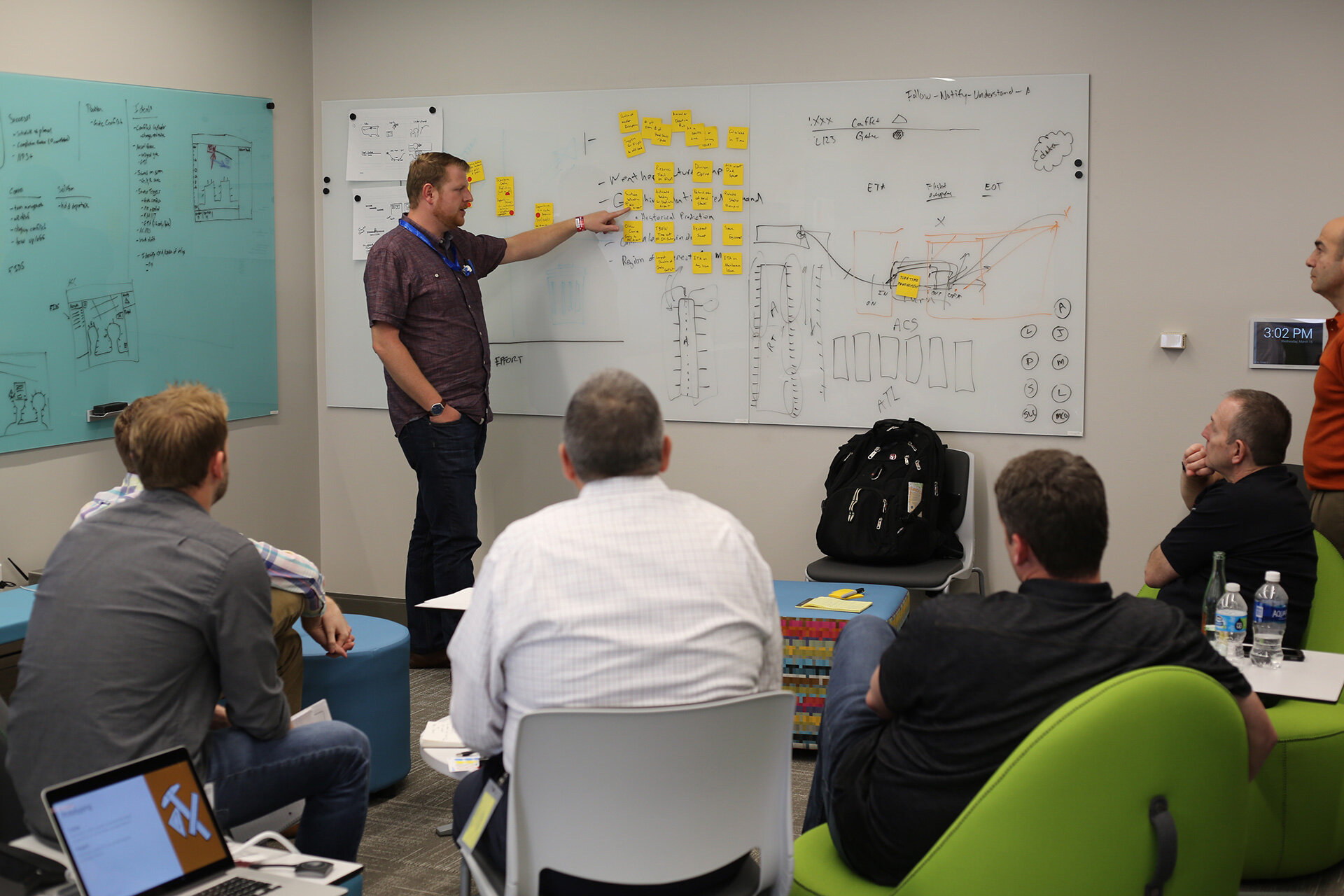
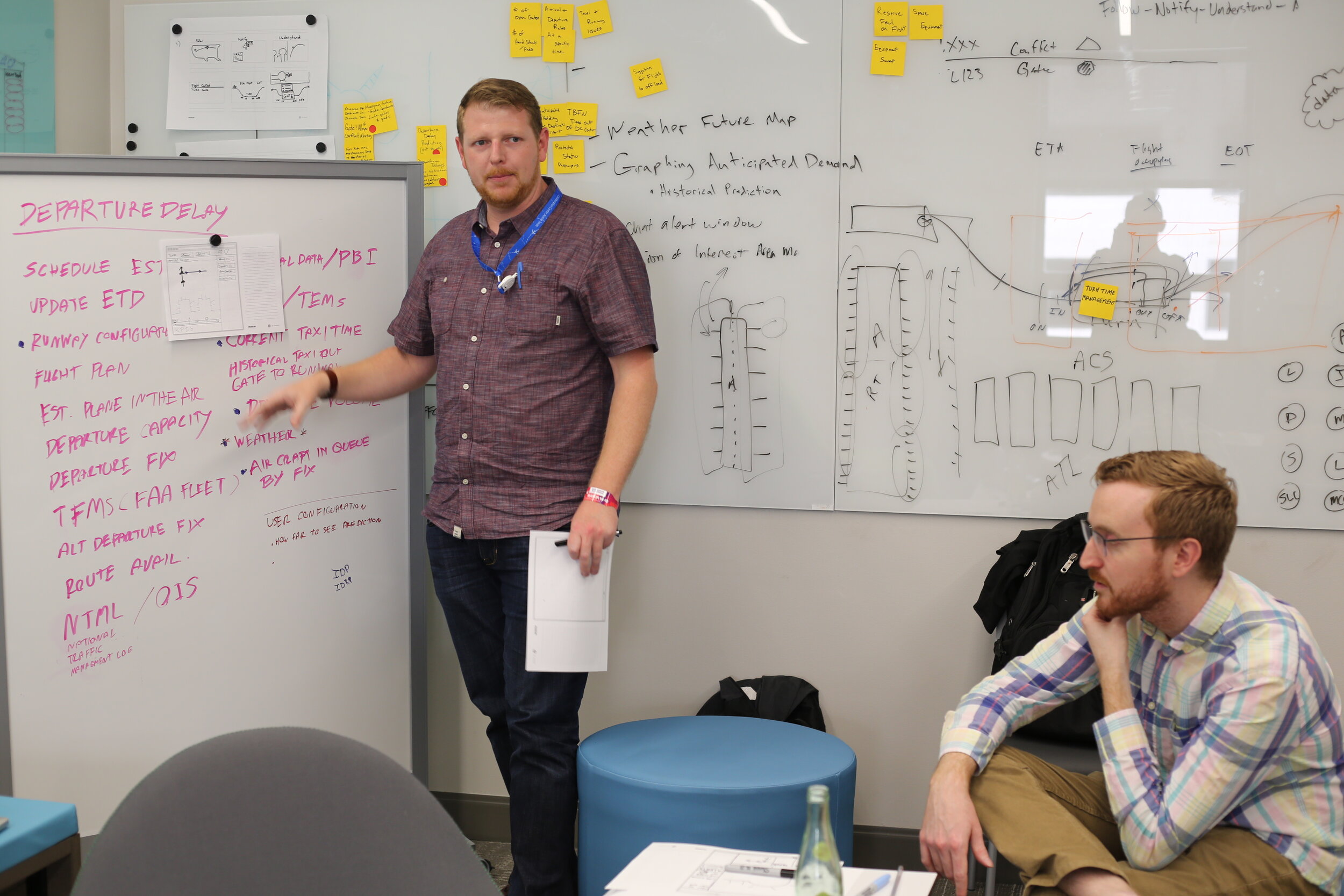
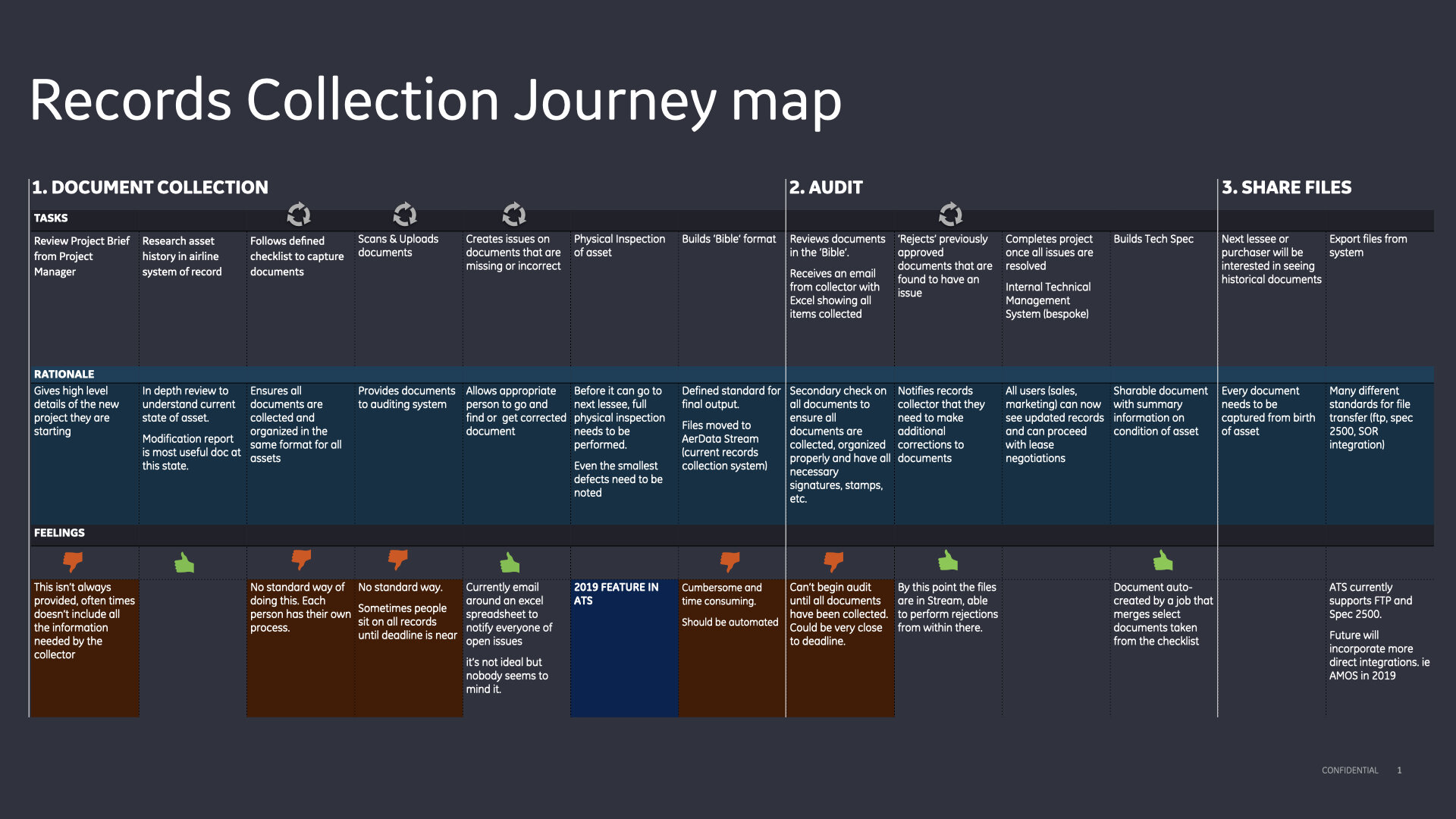
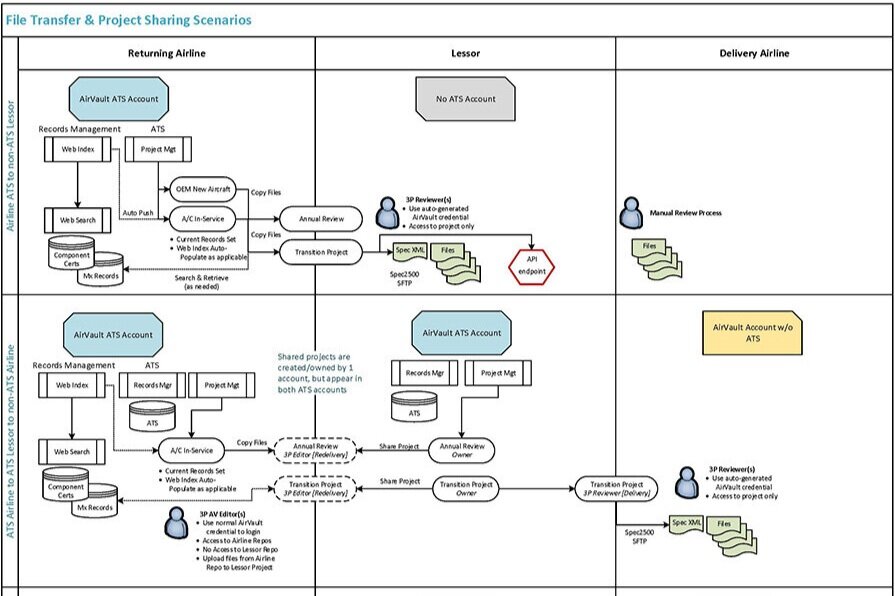
![[lips smack] The perks of international travel, a Guinness direct from the source!](https://images.squarespace-cdn.com/content/v1/57ad12edc534a528e268bfb1/1594498972870-B56K4LBRLSSQASSKGF9J/guinness.jpeg)
Development + Testing
After many, many iterative designs and validation from an advisory board of experts I helped to create, we were able to start development. We didn’t have the final, end all be all design — do you ever? I believe that a piece of software is truly never “finished” — but we knew exactly what would be the most valuable pieces to our users and started there. As soon as we had a functioning flow, I was back on the road to verify that what we were building was going to enhance the jobs of our users. This was done at many intervals throughout the course of MVP development. When we didn’t get something right, it would be re-worked and tested.
I like to immerse myself into the development process, to become an extension of the team. In an agile process, there is often change and technical hurdles that require the experience to adapt. A UX designer needs to be there to understand the challenges, adapt and ensure the core experience is unchanged.
Product Launch
Based on the feedback of countless industry professionals and the hard work of a team of product managers, engineers and designers, we were able to bring ATS to market. That is when the real work began. We had been working with multiple beta partners helping us to fine tune the technology and performance of the tool. I wanted to ensure that UX was on the front lines gathering initial feedback from all users as we were onboarding hundreds of records management professionals.
I collaborated with sales to perform demos of ATS to prospective customers and manned the booth at conferences to spread the word. I helped marketing create materials to build interest in the product. Finally, I led a number of sessions with the implementation team to train users on how to use the tool. Within the first year of launch we had secured $4M+ in sales of ATS.
Product Screenshots
